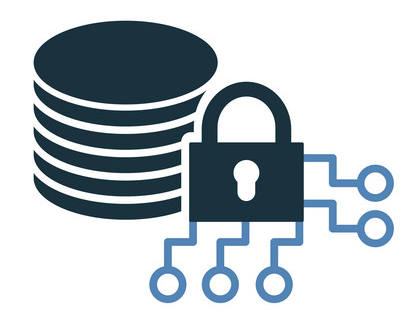Asset tracking systems have become vital tools for keeping a firm grip on business resources. They prevent waste and loss while maximizing efficiency. But what exactly are they, and how can they increase business operations?
This guide will illuminate the essential points of asset tracking systems and their tremendous impact.
An asset tracking system enables businesses to pinpoint the location and status of physical assets. These assets might range from machinery to vehicles or other valuable equipment. The system employs barcodes, RFID tags, GPS, and QR codes. With these tools, businesses trace assets in real time, capturing critical data.
By attaching tags to these items, businesses can track their movement and condition. The system constantly gathers and updates data, making it readily accessible.
Businesses often invest heavily in expensive assets, which are essential for day-to-day functions. However, misplacing, losing, or underusing these assets can lead to substantial financial loss. Asset tracking ensures businesses stay connected to their resources, avoiding unnecessary risks.
These systems offer an immediate view of where resources are being utilized or underutilized, allowing managers to make well-informed decisions. They also ensure every asset is accounted for, minimizing theft or mismanagement.
Understanding key features helps businesses choose a system that suits their needs. Here are the essential attributes of asset tracking systems:
Real-time monitoring enables businesses to know exactly where their assets are at any moment. Whether in use, idle, or in transit, the system provides precise updates. This boosts productivity and ensures assets don’t sit idle for too long.
Manually inputting data takes time and often leads to errors. Asset tracking systems eliminate manual tasks by automating data collection. The tags attached to the assets collect real-time information and immediately relay it to the system, reducing the likelihood of mistakes.
Businesses need solid data to make well-informed choices. The reporting features within tracking systems allow businesses to compile detailed reports, covering usage, maintenance, and overall performance. These insights help decision-makers identify trends and adjust operations accordingly.
Routine maintenance extends asset life. The system organizes and triggers maintenance schedules, so businesses can prevent unnecessary downtime and prolong asset life.
Asset tracking systems often connect smoothly with other software, such as inventory tracking software and inventory management software. By integrating these systems, businesses ensure all operations flow smoothly with minimal manual effort.
Complex systems can bog down operations. A user-friendly system should allow employees to quickly access key data, avoiding the need for excessive training.
If you are looking for an effective asset management solution for better management, try Genic Assets Management Software Solutions!
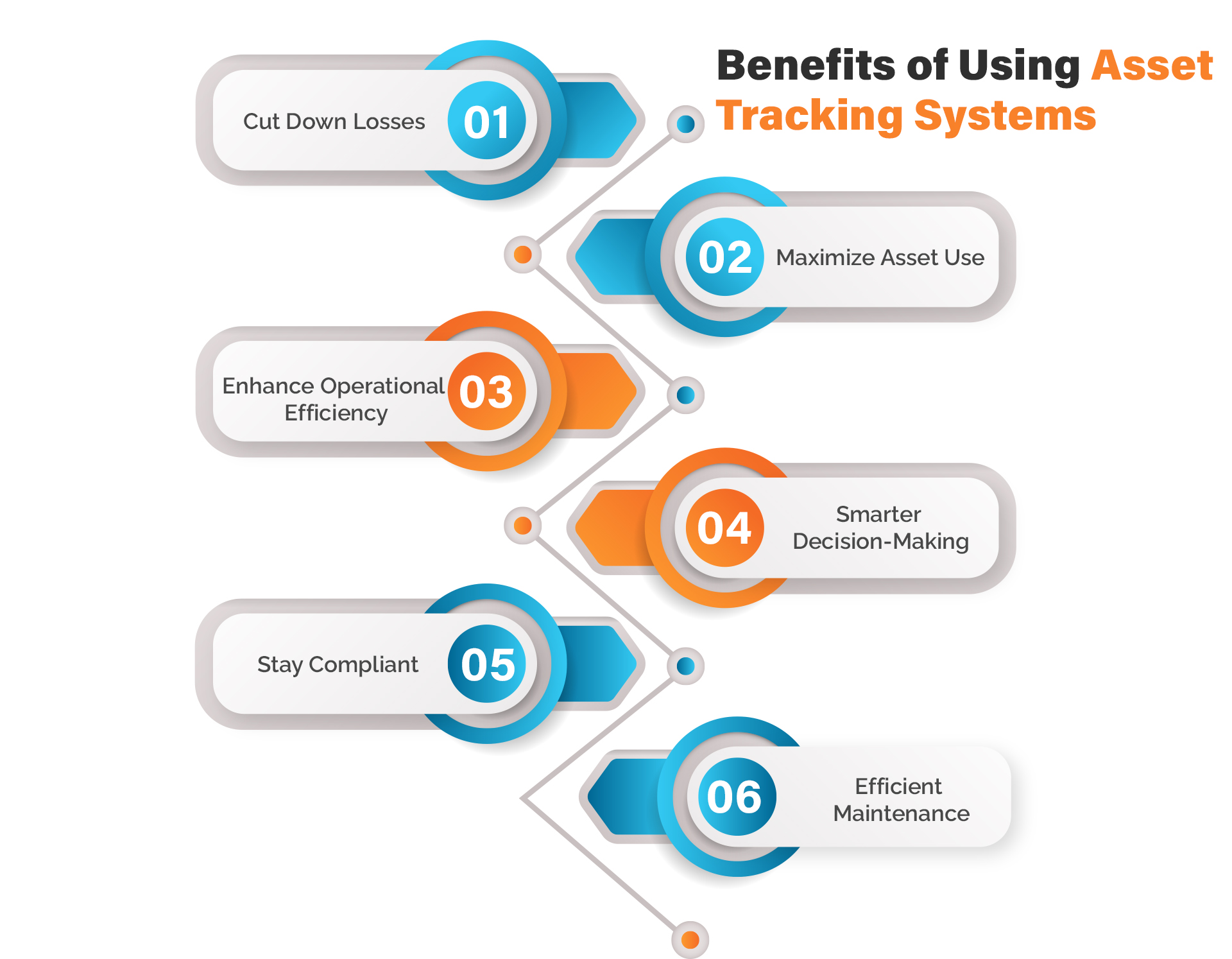
Implementing an asset-tracking system delivers remarkable advantages. Below are some of the most significant benefits:
Tracking systems drastically reduce asset loss by keeping a close eye on every item. By knowing exactly where assets are, businesses can curtail theft and recover lost items.
Often, businesses may overlook some of their assets, leaving them unused for long periods. Asset tracking systems uncover these idle items, allowing businesses to utilize them fully and get the most out of their investment.
Employees no longer need to hunt down missing tools or equipment. The tracking system speeds up locating assets, significantly enhancing workflow and increasing operational efficiency.
With constant access to accurate data, businesses can fine-tune their asset allocation and usage. Tracking systems reveal when it’s time to repair or replace assets, leading to more cost-effective operations.
Regulatory bodies often require companies to maintain records on asset usage and condition. Asset tracking systems ensure compliance with these regulations by providing thorough documentation on asset handling, maintenance, and eventual disposal.
Maintaining equipment in good working condition is vital. Tracking systems schedule and track all maintenance activities, reducing the risk of unexpected failures and keeping everything running smoothly.
Asset tracking systems employ various technologies, each suited to different situations. Here’s a quick rundown of common tracking technologies:
Barcodes, simple yet effective, are widely used in asset tracking. Once attached, businesses can scan barcodes to track an asset’s location and status. Barcodes are cost-efficient and easy to implement.
QR codes can store more data than traditional barcodes. Businesses scan the QR code to retrieve detailed information about an asset’s condition, location, and history. QR codes are useful for companies managing larger inventories.
RFID tags use radio frequencies to send data to readers, allowing businesses to monitor assets from greater distances than barcodes or QR codes. However, RFID tags are more expensive, but they are more accurate and reliable than other types of tags.
GPS tracking is essential for moving assets, such as vehicles and large equipment. Keeping businesses informed of an asset’s real-time movement is possible with GPS systems.
Selecting an asset-tracking system requires careful thought. Here are key factors to consider:
Different types of assets require different methods of tracking. For smaller tools, barcodes may work best. Larger assets like vehicles might need GPS tracking for accurate monitoring.
For smaller operations, an inventory tracking system for small business may be more suitable. Larger companies may need advanced systems capable of handling high volumes of assets.
When selecting a tracking system, it’s important to choose one that easily integrates with your existing inventory management software. Integration reduces the need for manual processes and streamlines data sharing.
Budget is always a major factor. Barcodes, being low-cost, might appeal to small businesses. More advanced options, like RFID and GPS, may be necessary for larger, more complex operations.
After selecting the right asset tracking system, proper implementation is essential. Follow these steps to ensure a smooth launch:
A system only works well if your employees know how to use it. Provide comprehensive training, ensuring everyone knows how to scan, update, and generate reports.
Before implementing the system, make sure every asset has been tagged. Choose the appropriate tags—whether barcodes, QR codes, or RFID—based on your tracking needs.
Before going live, conduct a small test run. This identifies any potential issues and allows for quick fixes, ensuring the full launch proceeds without a hitch.
Keep an eye on how the system performs post-launch. Regularly review its effectiveness and make tweaks if necessary to optimize its performance.
Asset management software enables businesses to harness technology to stay connected with their assets, improve efficiency, and reduce losses. With features such as real-time tracking, automated data collection, and robust reporting, businesses can make more informed decisions and enhance productivity. Implementing the right system allows companies to stay ahead in managing their resources.
Genic Assets provides cutting-edge asset tracking solutions tailored to meet your business needs. By partnering with Genic Assets, companies can maximize resource efficiency and ensure seamless asset management across their operations.
Articles you might like

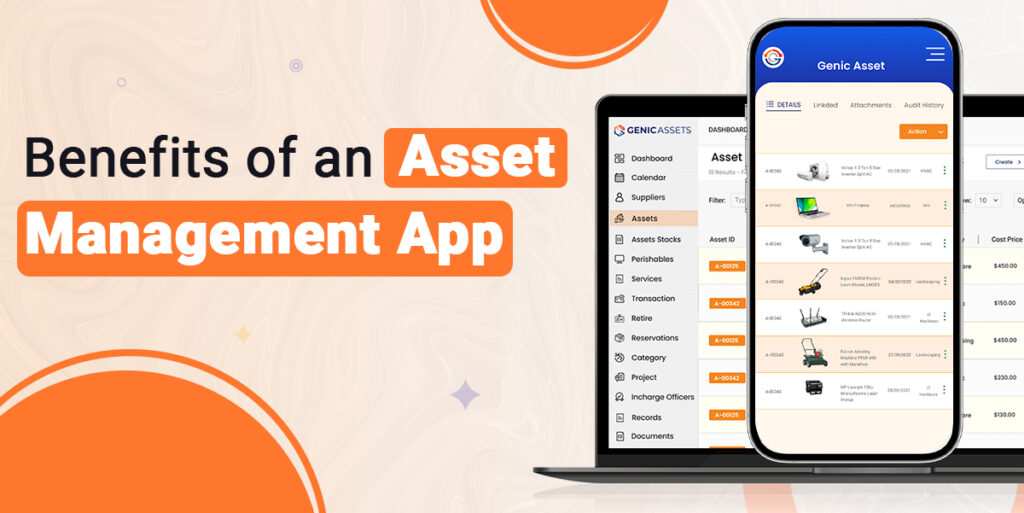



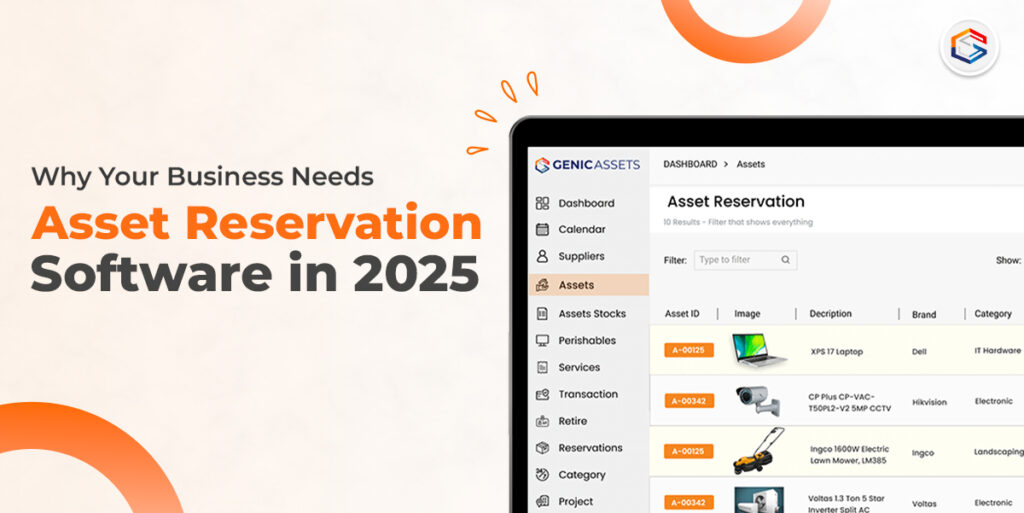
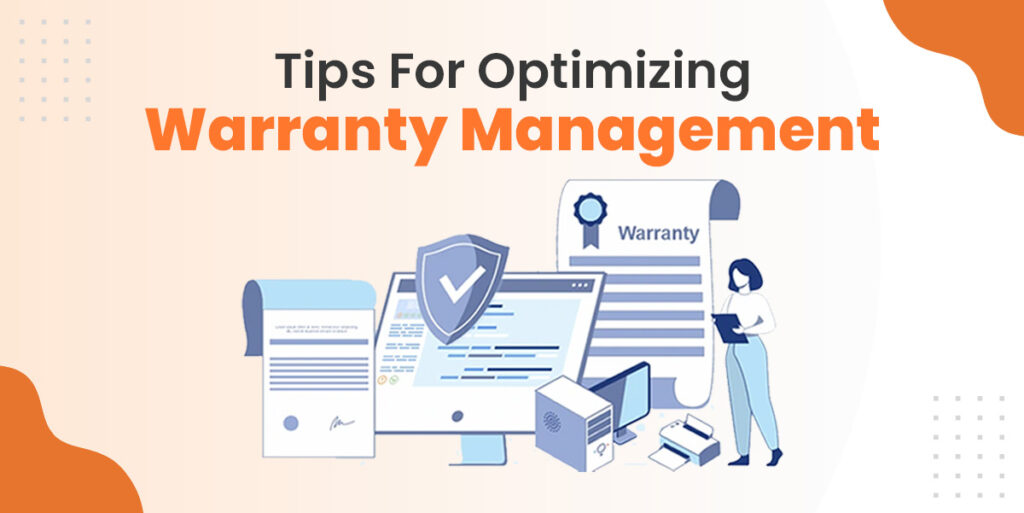

Genic Assets provide complete visibility, traceability, and accountability of your assets!
Get Started





